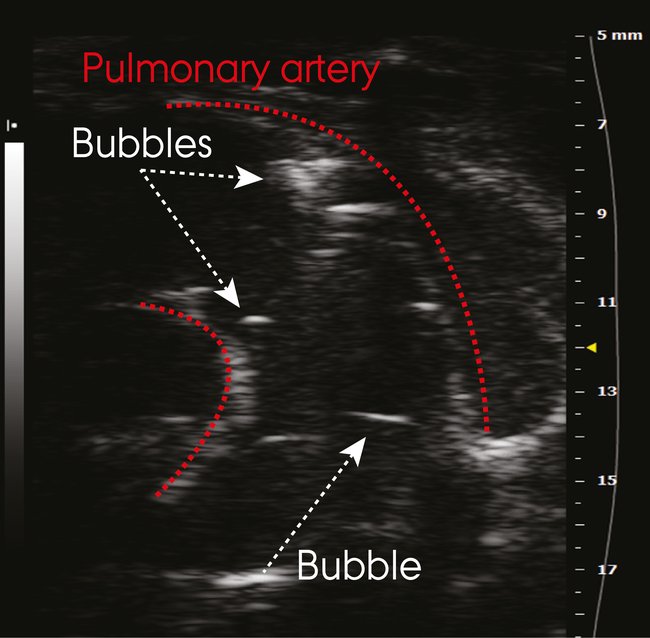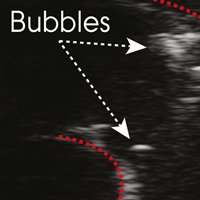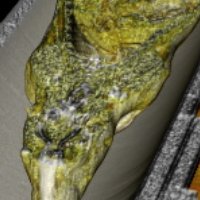Looking into treatment of decompression sickness

Ultrasound imaging of DCS induced bubbles in the pulmonary artery in a rat.
Looking into treatment of decompression sickness
Decompression sickness (DCS) is a clinical conditioning characterised by e.g. joint pain, paraesthesia, vertigo and more severely brain infarction, coma and potentially death. Despite excessive work to identify the pathogenesis behind this complex disease, very little is known about the causal relationship between exposure and outcome. Bubbles seen in the vasculature are believed to play a central role in the development of DCS.
During pressurisation the dissolved amount of gas in tissues are equal to the surrounding pressure, cf. the law of Henry. Thus, if the surrounding pressure drops too fast, tissues become supersaturated with gas and bubbles are formed to restore equilibrium. These air emboli have the potential to obstruct vessels leading to oedema, tissue hypoxia, and eventually necrosis. However, the pathological picture is more diverse since platelets, leukocytes, and inflammatory cytokines have been described in the pathogenesis as well.
Remote ischemic conditioning (RIC) was discovered in 1993 and the idea is that short non-lethal periods of ischemia in one part of the body protects against longer lasting harmful periods of ischemia in remote virgin tissues. The concept has been evaluated extensively in models of cardiac infarction, stroke, septicaemia, kidney transplantation etc. Yet, the mechanism behind the protective response remains unknown.
Data suggest that a linked neuro-humoral pathway is involved, partly by neural signal transduction, partly by release of humoral mediators (e.g. nitrite). Overall, RIC has shown promising protective results against ischemia-reperfusion injuries, and the described disease models subjected to the RIC-procedure share many common characteristics with DCS. To better understand basic mechanisms in DCS we are applying the RIC-procedure to various animal models exhibiting decompression stress.
This further allows evaluation of RIC as a potential future pre-hospital treatment of DCS, and may reveal new fundamental insight to mechanism behind the RIC-procedure itself.
Projects
A CT, PET and MRI compatible pressure chamber for baromedical research
MRI, ultrasound and bubbles
Looking into treatment of decompression sickness


